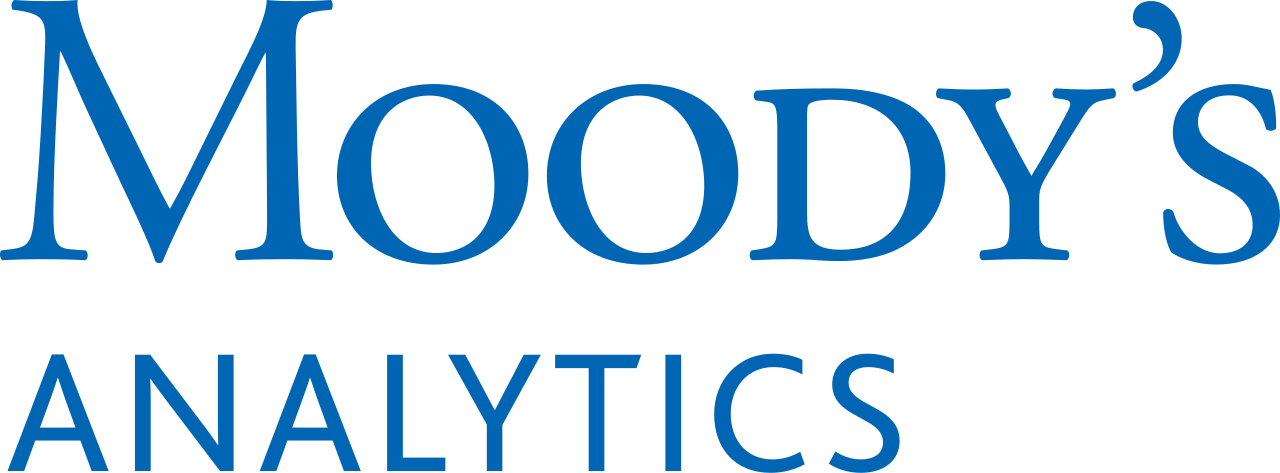
Moody's Analytics RMS: Complete Buyer's Guide
Enterprise-grade risk intelligence platform
Moody's Analytics RMS positions itself as an enterprise-grade risk intelligence platform that transforms how organizations assess, model, and manage complex risk scenarios through cloud-native AI capabilities. Built on Amazon Web Services infrastructure, the platform delivers real-time risk analytics through its Intelligent Risk Platform, targeting insurance, financial services, and sophisticated risk management applications[50].
Market Position & Maturity
Market Standing
Moody's Analytics RMS occupies a strong position within the enterprise risk management market, leveraging Moody's established reputation in financial analytics and credit assessment.
Company Maturity
The platform benefits from Moody's broader market presence, with the company ranking prominently in risk technology assessments and maintaining established relationships with regulatory frameworks across multiple jurisdictions[35][37].
Growth Trajectory
Market expansion demonstrates growth across Europe, Americas, and Asia, with customer adoption extending beyond traditional insurance to financial services, banking, asset management, and real estate sectors[48].
Longevity Assessment
Enterprise focus positions the platform for large organizational deployments requiring sophisticated infrastructure and regulatory compliance capabilities.
Proof of Capabilities
Customer Evidence
BMS Re's comprehensive platform migration demonstrates Moody's capability for complex enterprise transformations[43].
Case Study Analysis
HX's successful automation project validates the platform's API-first integration capabilities[47].
Market Validation
Enterprise deployment patterns across documented implementations reveal consistent success in large-scale organizational transformations[43][45][47][48].
AI Technology
Moody's Analytics RMS integrates AI capabilities across multiple platform components through a sophisticated cloud-native architecture built on Amazon Web Services.
Architecture
The platform's AI foundation centers on the Intelligent Risk Platform (IRP), which delivers real-time risk analytics through machine learning models and natural language processing capabilities[50].
Primary Competitors
Primary competitors include Oracle and other established enterprise risk management vendors offering AI-driven analytics and regulatory compliance capabilities.
Competitive Advantages
Competitive advantages center on enterprise-grade infrastructure, regulatory compliance expertise proven in heavily regulated industries[35][37], and comprehensive API integration capabilities[48][50].
Market Positioning
Moody's Analytics RMS competes primarily against established enterprise risk management platforms and specialized industry solutions, occupying a unique position as a comprehensive risk intelligence platform expanding into adjacent markets.
Key Features

Pros & Cons
Use Cases
Featured In Articles
Comprehensive analysis of AI Litigation Finance Risk Modeling for Legal/Law Firm AI Tools for Legal/Law Firm AI Tools professionals. Expert evaluation of features, pricing, and implementation.
How We Researched This Guide
About This Guide: This comprehensive analysis is based on extensive competitive intelligence and real-world implementation data from leading AI vendors. StayModern updates this guide quarterly to reflect market developments and vendor performance changes.
54+ verified sources per analysis including official documentation, customer reviews, analyst reports, and industry publications.
- • Vendor documentation & whitepapers
- • Customer testimonials & case studies
- • Third-party analyst assessments
- • Industry benchmarking reports
Standardized assessment framework across 8 key dimensions for objective comparison.
- • Technology capabilities & architecture
- • Market position & customer evidence
- • Implementation experience & support
- • Pricing value & competitive position
Research is refreshed every 90 days to capture market changes and new vendor capabilities.
- • New product releases & features
- • Market positioning changes
- • Customer feedback integration
- • Competitive landscape shifts
Every claim is source-linked with direct citations to original materials for verification.
- • Clickable citation links
- • Original source attribution
- • Date stamps for currency
- • Quality score validation
Analysis follows systematic research protocols with consistent evaluation frameworks.
- • Standardized assessment criteria
- • Multi-source verification process
- • Consistent evaluation methodology
- • Quality assurance protocols
Buyer-focused analysis with transparent methodology and factual accuracy commitment.
- • Objective comparative analysis
- • Transparent research methodology
- • Factual accuracy commitment
- • Continuous quality improvement
Quality Commitment: If you find any inaccuracies in our analysis on this page, please contact us at research@staymodern.ai. We're committed to maintaining the highest standards of research integrity and will investigate and correct any issues promptly.